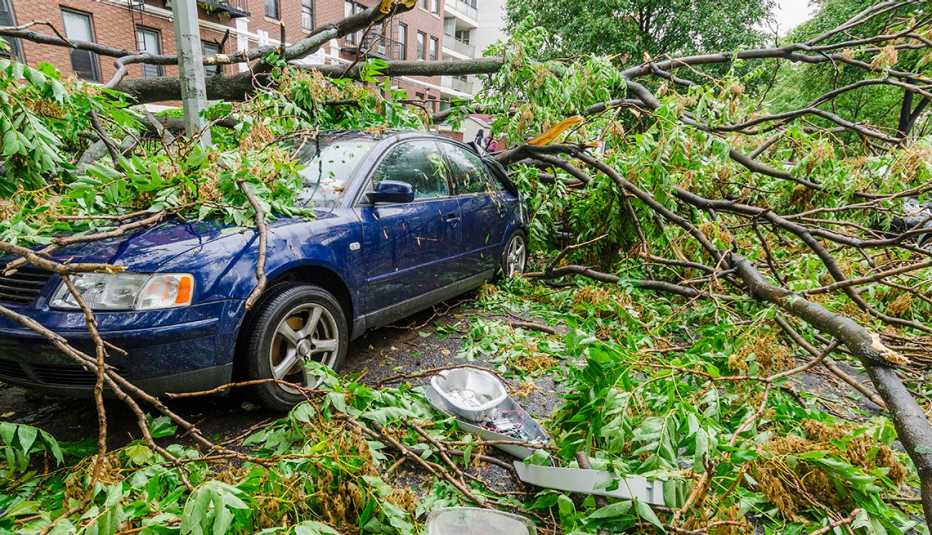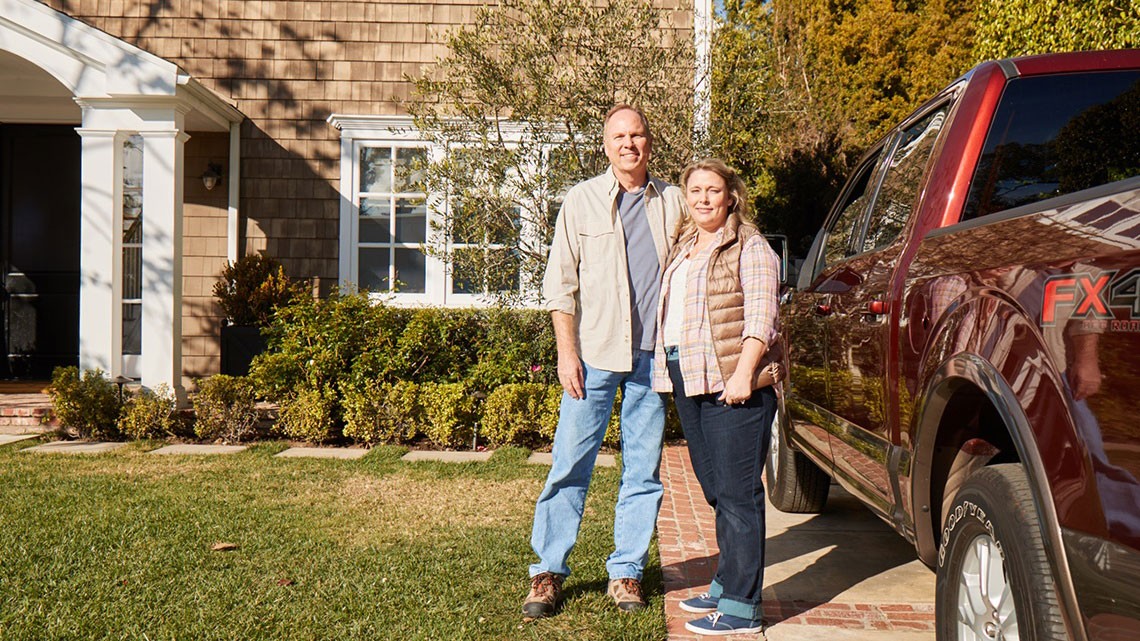Staying Fit
Hurricane season, fire season, tornadoes and other emergencies mean that people who live in areas prone to these events should have a plan in place. But if you’re 50 or older, there are some extra things to pay particular attention to.
In addition to getting the basics, like water, nonperishable food, a first-aid kit, flashlights, batteries and a full tank of gas, older adults need to think ahead, says Don Walker, the public information officer for Florida’s Brevard County Emergency Management, which is bracing for a hit from Hurricane Ian.


AARP Membership— $12 for your first year when you sign up for Automatic Renewal
Get instant access to members-only products and hundreds of discounts, a free second membership, and a subscription to AARP the Magazine.
Anyone with medical issues who may need to go to a shelter should make those preparations early — before a weather event hits, Walker says. Some shelters provide access to nurses, medical staff or other equipment, but they need to know you’re coming. And have enough prescription medicine to last for several days, or even two weeks if power is out for an extended period of time and pharmacies aren’t open, Walker says. “Make those arrangements early on,” he says. “If you’re doing it at that last minute, that’s not going to work well.”
Older adults may be more likely to live in older homes, mobile homes or manufactured homes that are not able to withstand storms as well as newer homes can, Walker says. Have a plan for where you might go if necessary — whether that means a shelter, hotel or staying with a friend or relative — even if evacuation isn’t required.
“If you’re evacuating, do it early versus later,” Walker says. “You don’t want to be driving in the rain or through high water or on a road experiencing flooding.”
And make sure you have contact information for people you might need to notify if you leave home. “You don’t want to leave them guessing,” he says.





































































